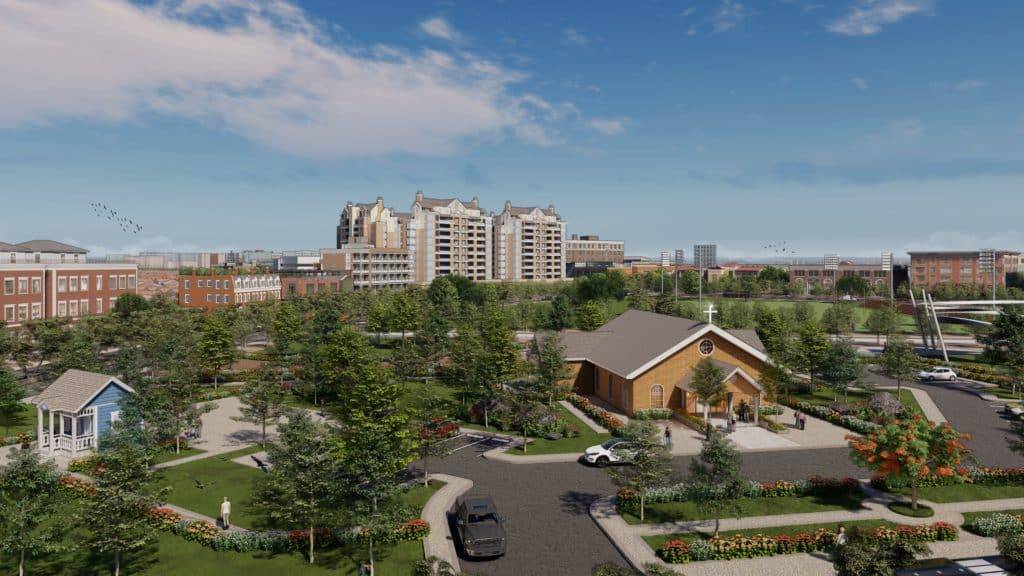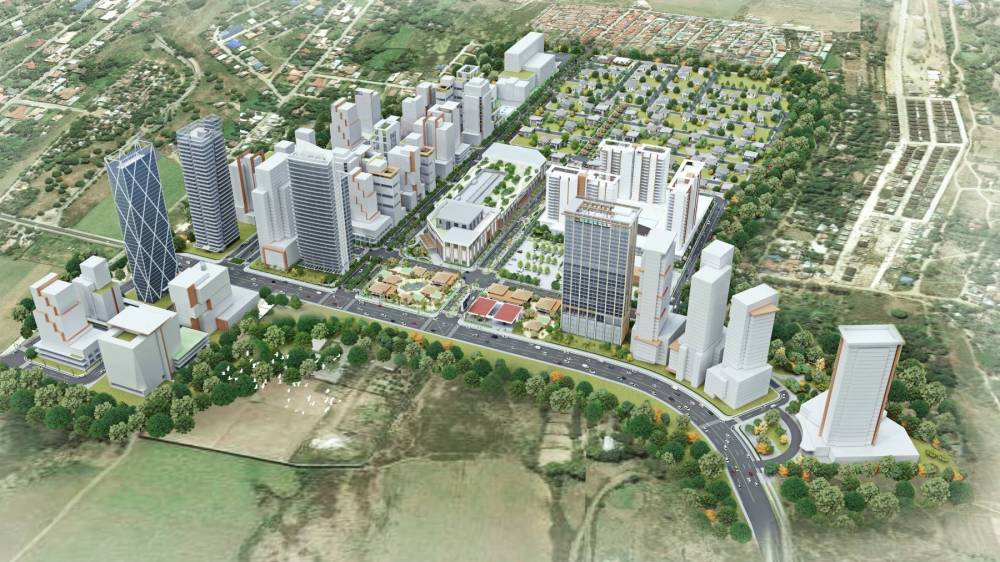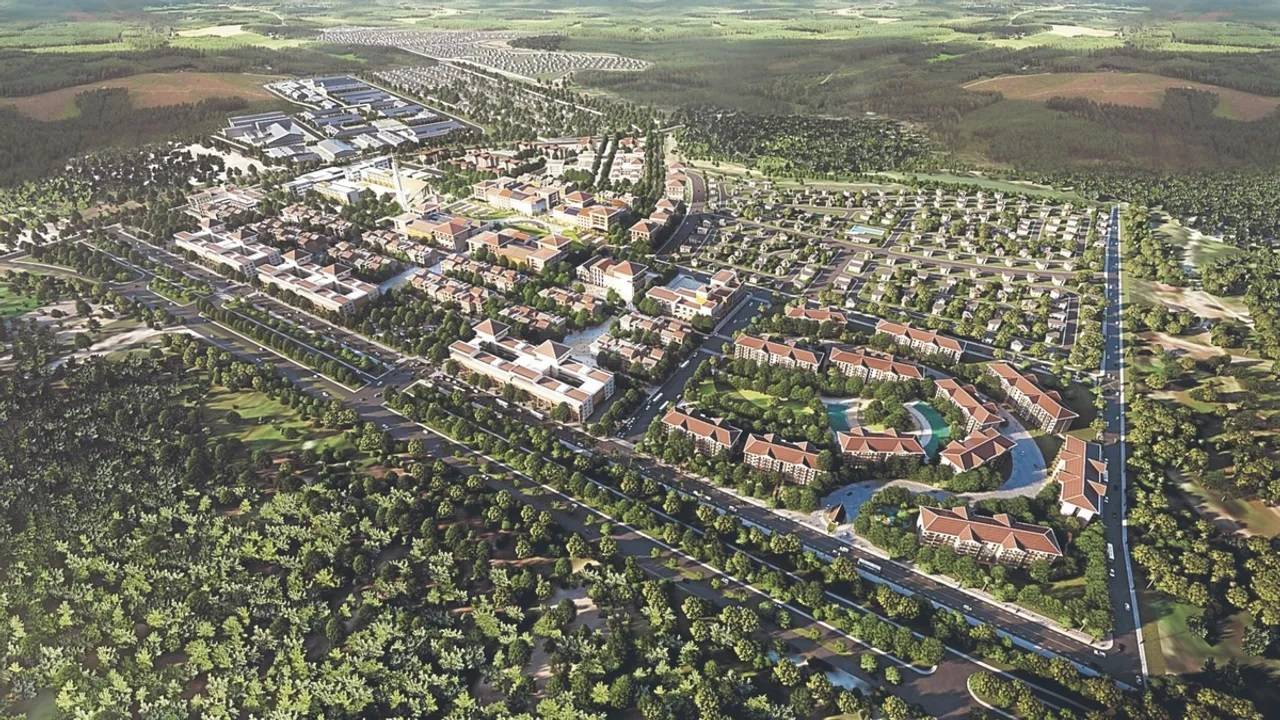Shift to suburbia

Property firms have been expanding outside the capital region to capture steady demand in primary residential investment hubs.
We used to see an aggressive pace of office and residential completions across Metro Manila.
From 2017 to 2019, property firms were completing nearly 13,000 condominium units and nearly a million square meters of new office space yearly. Developers took advantage of the additional demand coming from the Chinese offshore gaming sector, on top of the organic demand from local investors, Philippine-based businesses, and Filipinos working abroad. Those three years were exceptional for the Philippine property, to say the least.
But the pandemic compelled landlords to rethink their massive office and condominium development pipelines. Plans to build expansive office and residential towers were shelved and demand for these buildings substantially slowed especially from 2020 to 2021.
What’s comforting to know is that while residential supply and demand figures in Metro Manila remain lackluster, property firms have been expanding outside the capital region to capture steady demand in primary residential investment hubs including Pampanga, Bulacan, Tarlac, Cavite, Laguna and Batangas in Luzon; Cebu, Bacolod, and Iloilo in Visayas; and Davao and Cagayan de Oro in Mindanao.
The launch of lifestyle-centric developments
Developing massive masterplanned projects outside Metro Manila should be complemented by greater emphasis on lifestyle improvement.
Article continues after this advertisementProperty firms should capture more end-users within their townships as these projects enhance working and living conditions. Similar to what we are seeing in Metro Manila, smaller-sized retail and office developments are being created to support consumers’ live-work-play-shop lifestyle.
Article continues after this advertisementColliers believes that differentiating in a highly competitive market is important that’s why developers should also integrate support facilities such as clinics and schools into their mixed-use projects. Some even try to drum up interest from sports enthusiasts by featuring sports-centric, recreational and entertainment facilities.
Cashing in on yield enhancement
Colliers Philippines recommends that investors choose projects situated in masterplanned communities given the vast potential for yield enhancement.
Capital values in more established business districts have significantly increased over the past years, resulting in yield compression. In our view, lower entry price for strata-titled office and residential projects could offer some enhancement in yield. That’s why we see the more experienced, affluent, and astute investors gravitating towards projects within integrated communities.
We also see the emergence of a young, mobile, and dynamic workforce sustaining demand for integrated communities. Note that these young employees also have rising disposable incomes and purchasing power. For this market, everything should be within reach. Thus, building offices, residential towers, malls, schools, and hospitals within one community will satisfy their demand for greater mobility and convenience.
Expansive townships becoming the norm
Among the massive integrated townships launched in Luzon include Centrala by Ayala Land in Angeles City and Northwin Global City by Megaworld in Bulacan. Colliers sees these two projects benefiting from two big-ticket infrastructure projects in Luzon namely the new Manila International Airport in Bulacan and the North-South Commuter Railway (NSCR).
Other expansive townships launched in Luzon include the 460-ha Paragua Coastown in Palawan by Megaworld, whereas in Visayas, Rockwell Center Bacolod spans 30 ha in the city. In Mindanao, property firms have also been aggressive in tapping demand for integrated communities and taking advantage of the growing appetite for vertical residential units that feature large, open spaces as well as upscale amenities. Alsons Properties and Double Dragon earlier launched Northtown in Davao covering 116 ha.
Aggressive, extensive, and strategic landbanking
Colliers believes that developers should continue their strategic land banking initiatives especially as they line up their massive integrated communities.
Developers should take advantage of the government’s thrust to intensify infrastructure development outside the Philippine capital, and should also consider partnering with other firms that still have a massive landbank especially in key investment destinations outside Metro Manila.

